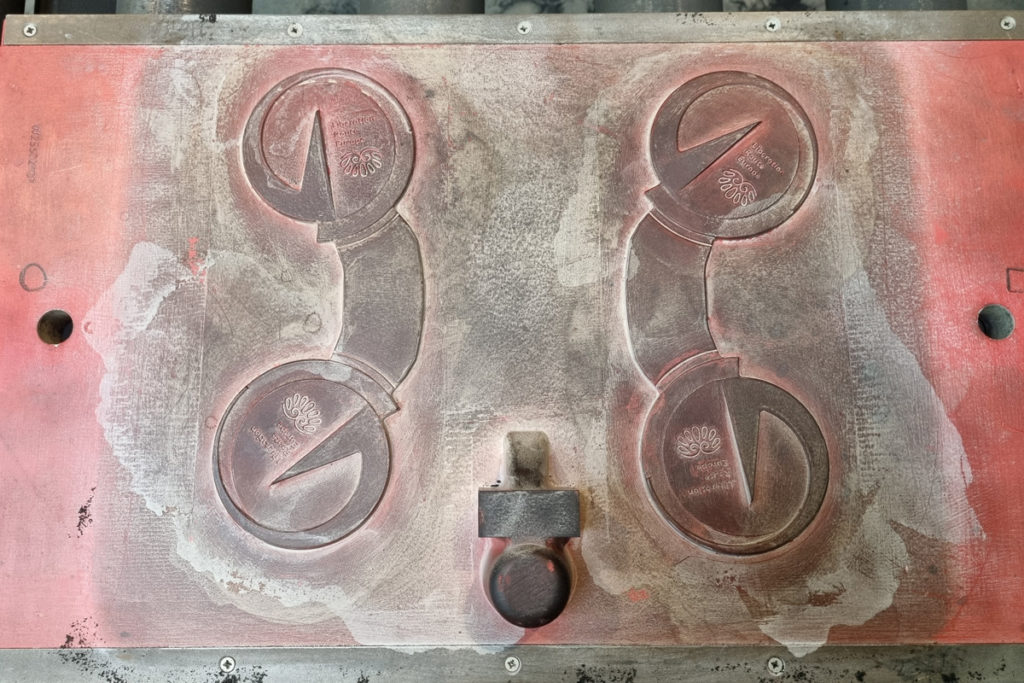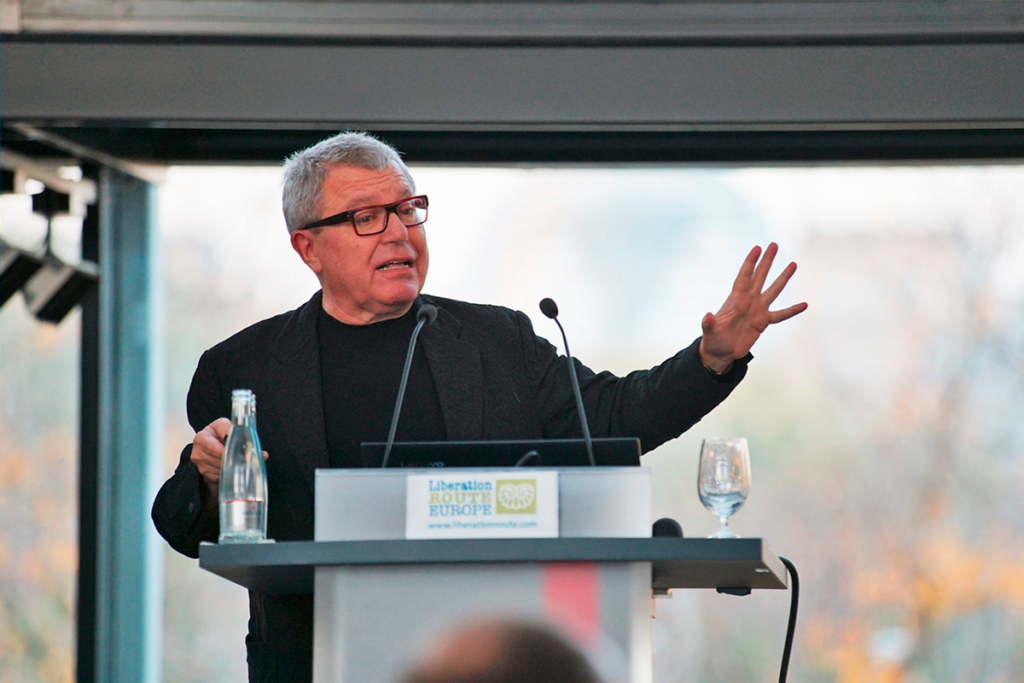Vectors of Memory
As part of the Liberation Route Europe hiking trails project, renowned architect Daniel Libeskind has designed a symbolic family of trail markers called the ‘Vectors of Memory’ which will honour people, places, and stories found throughout the European landscape.
“The Vectors are a topography of memory. They function as points in both space and time, while connecting to the story of liberation. It is important that the markers communicate a very clear and bold message.”
DANIEL LIBESKIND
Types of Vectors
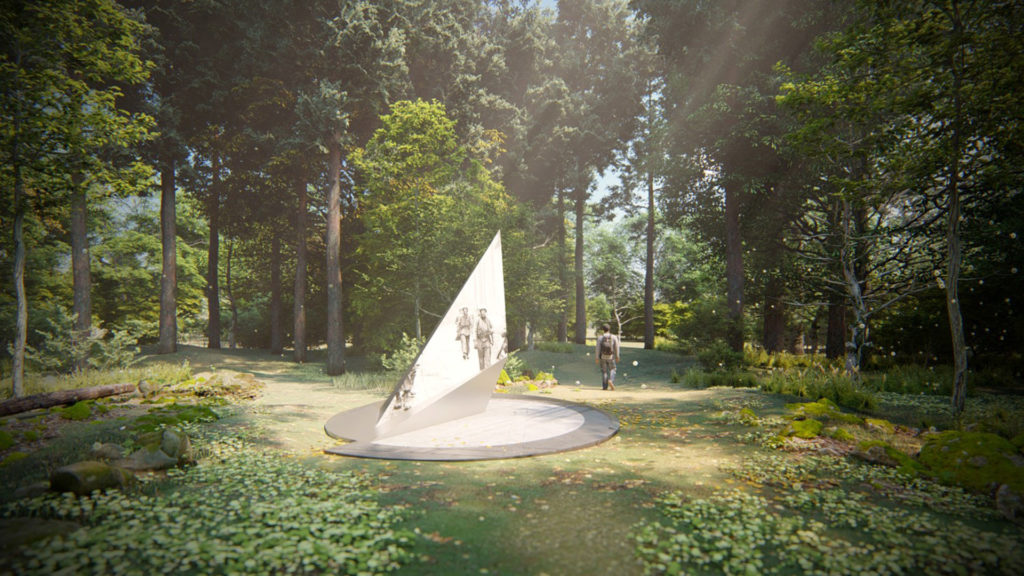
The Remembrance Site Vector is the largest in the family of trail markers. With a height of 3,5m it introduces a region or an important storyline, providing background information along the trail.
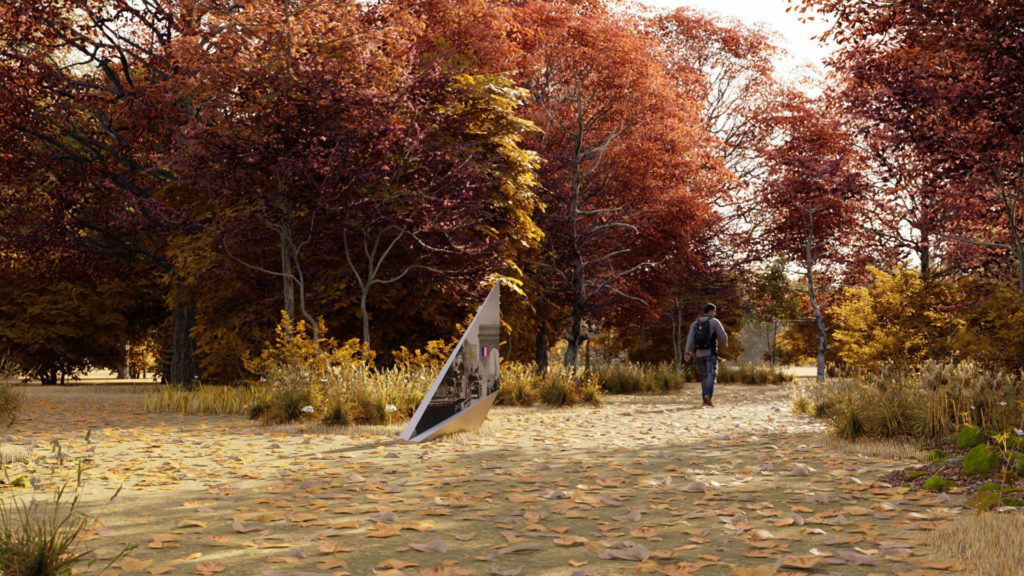
The Crossroads Vector comes in two sizes: 2,5m and 1,8m and is placed at crossroads, remembrance sites, and other locations to point in the direction of the trail and other points of interest
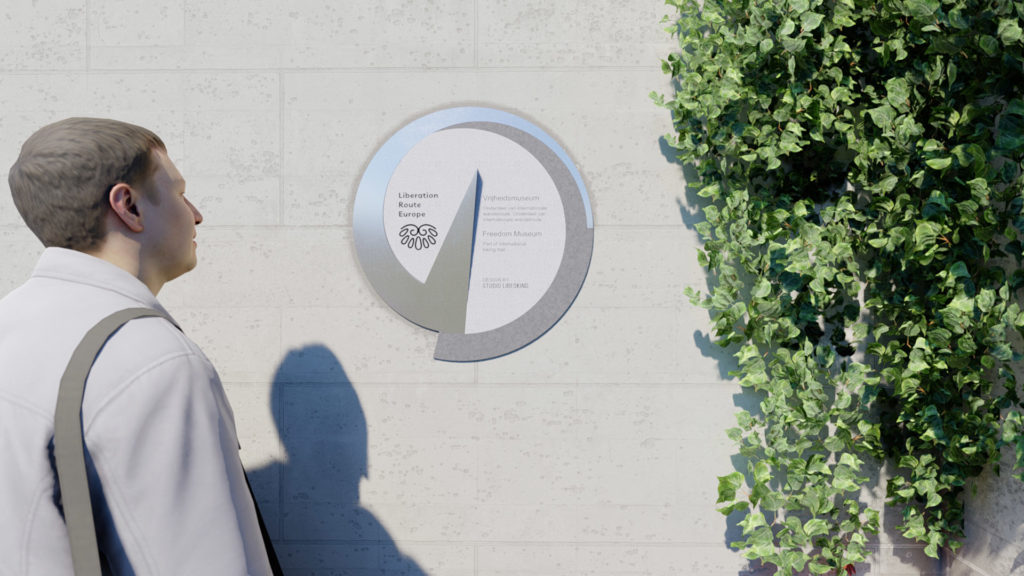
The Wall Vector marks a building of historical interest, such as partners & museums along the trail.
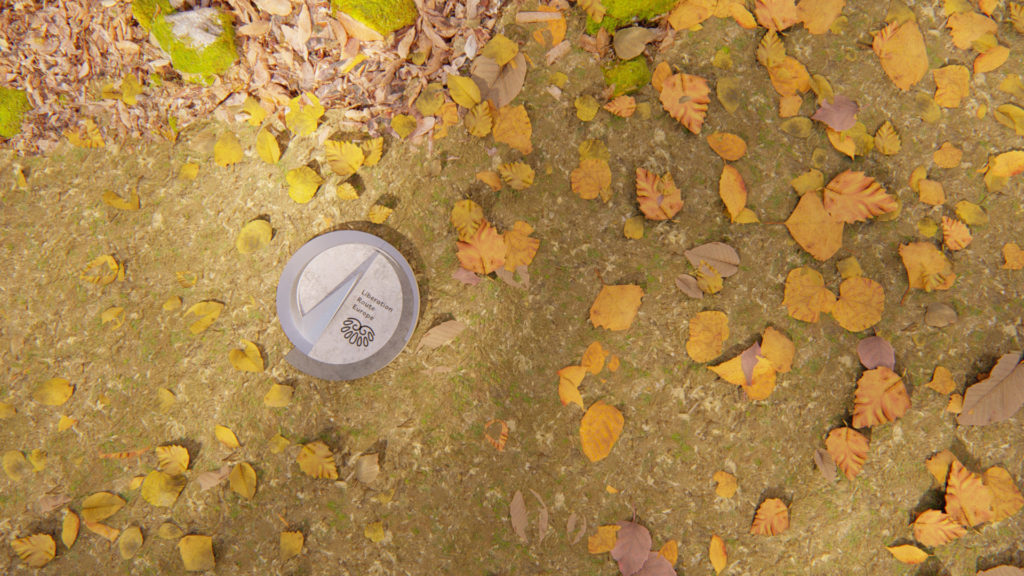
The Floor Vector functions as a small plaque marking the direction of the trail, and can be affixed near pre-existing monuments found on or near the trail.
Vectors on the route
It is already possible to discover several impressive vectors which have been installed along the Liberation Route Europe in the North-Brabant Province of the Netherlands.
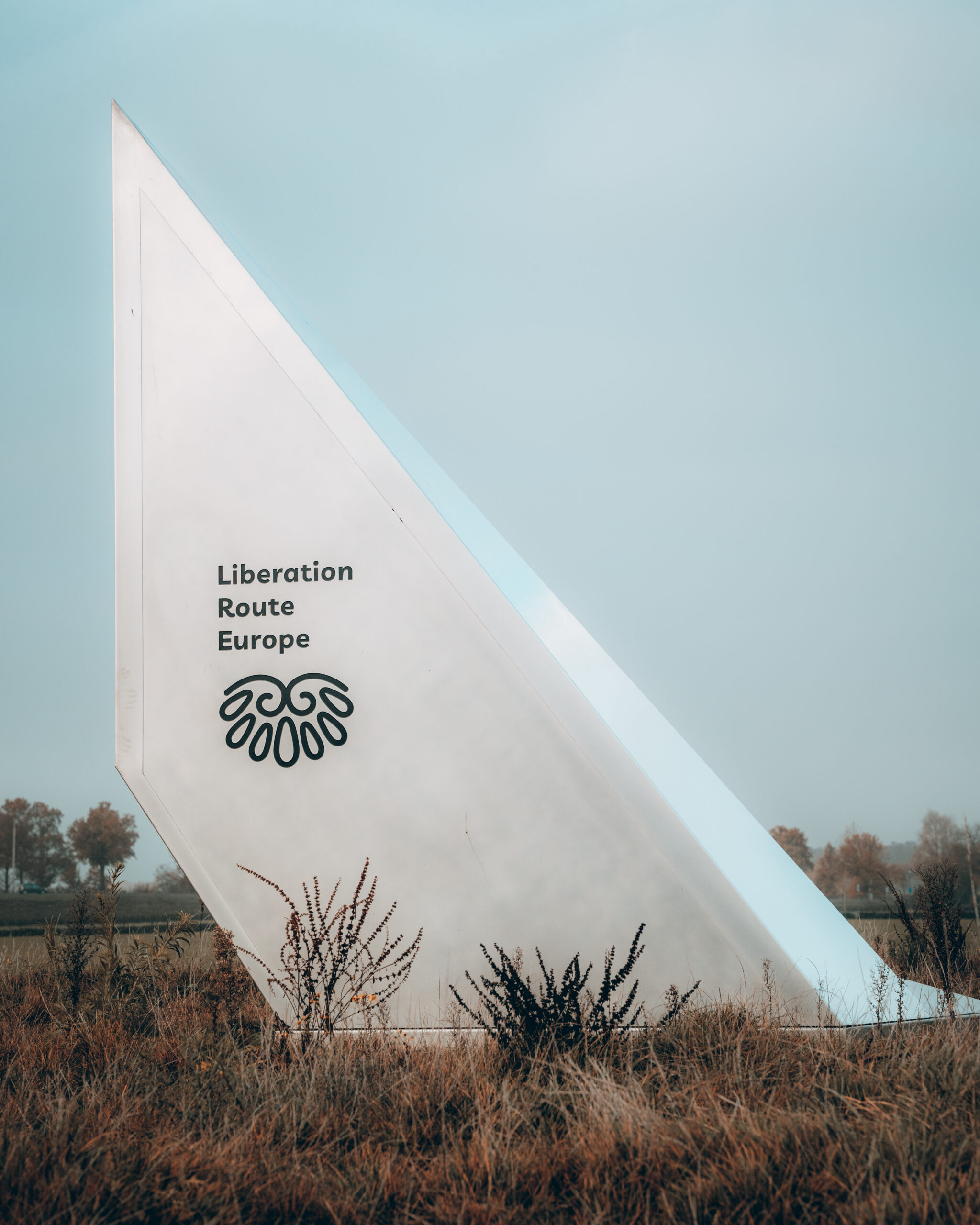
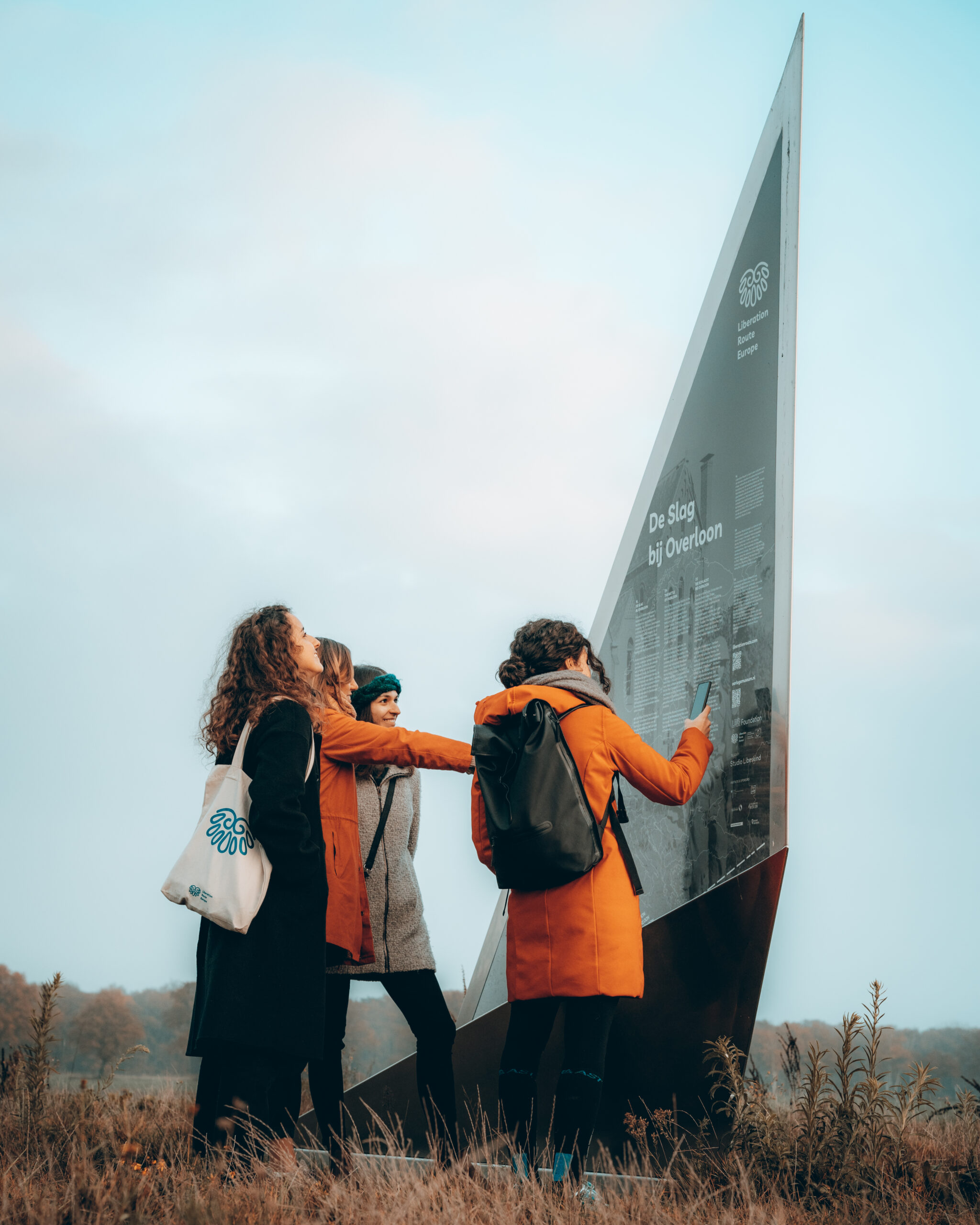
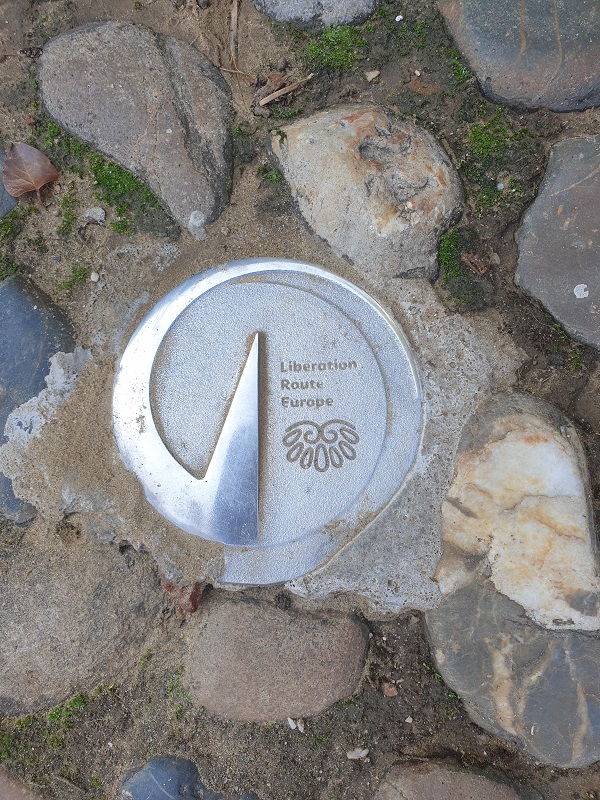
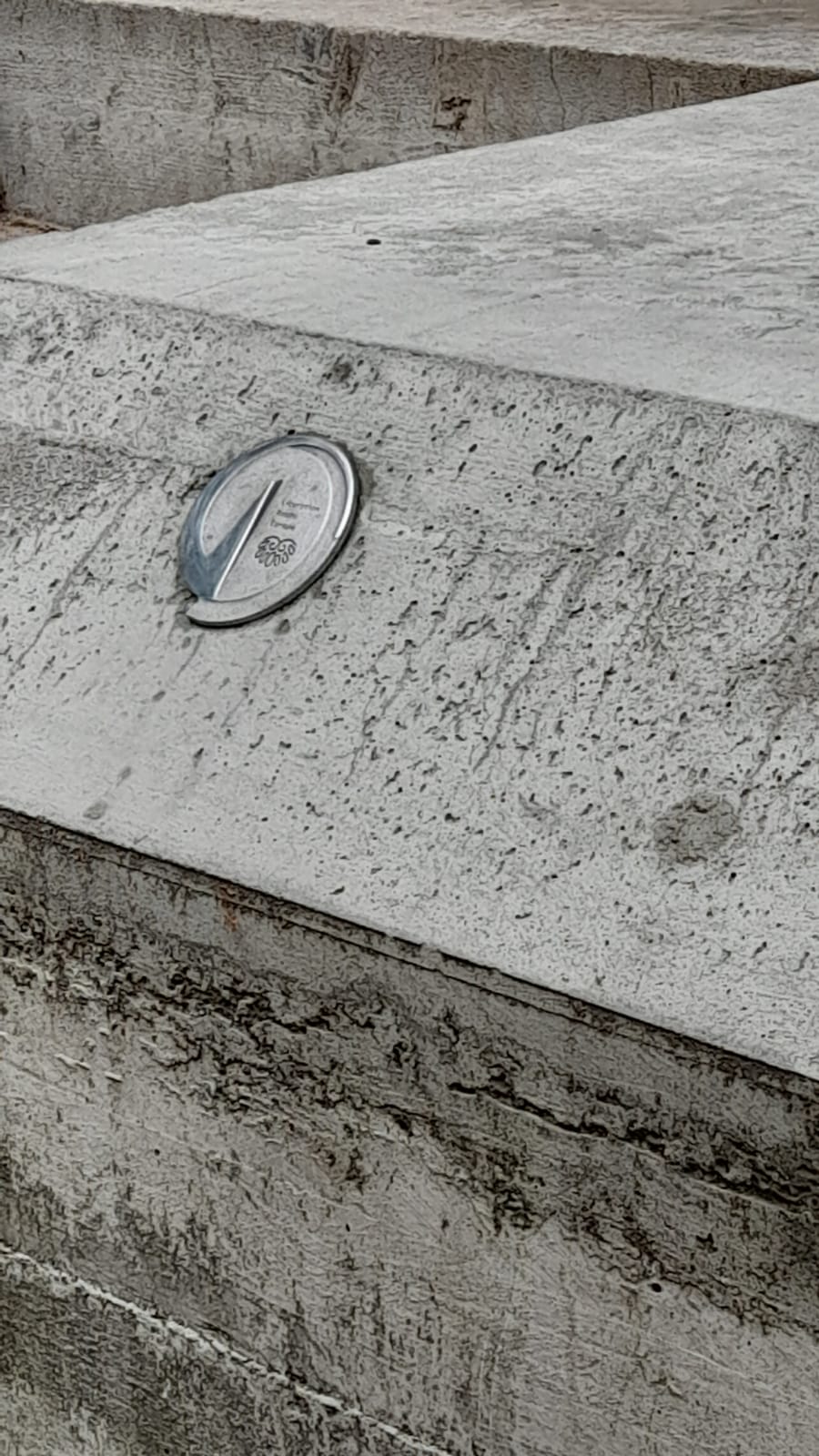
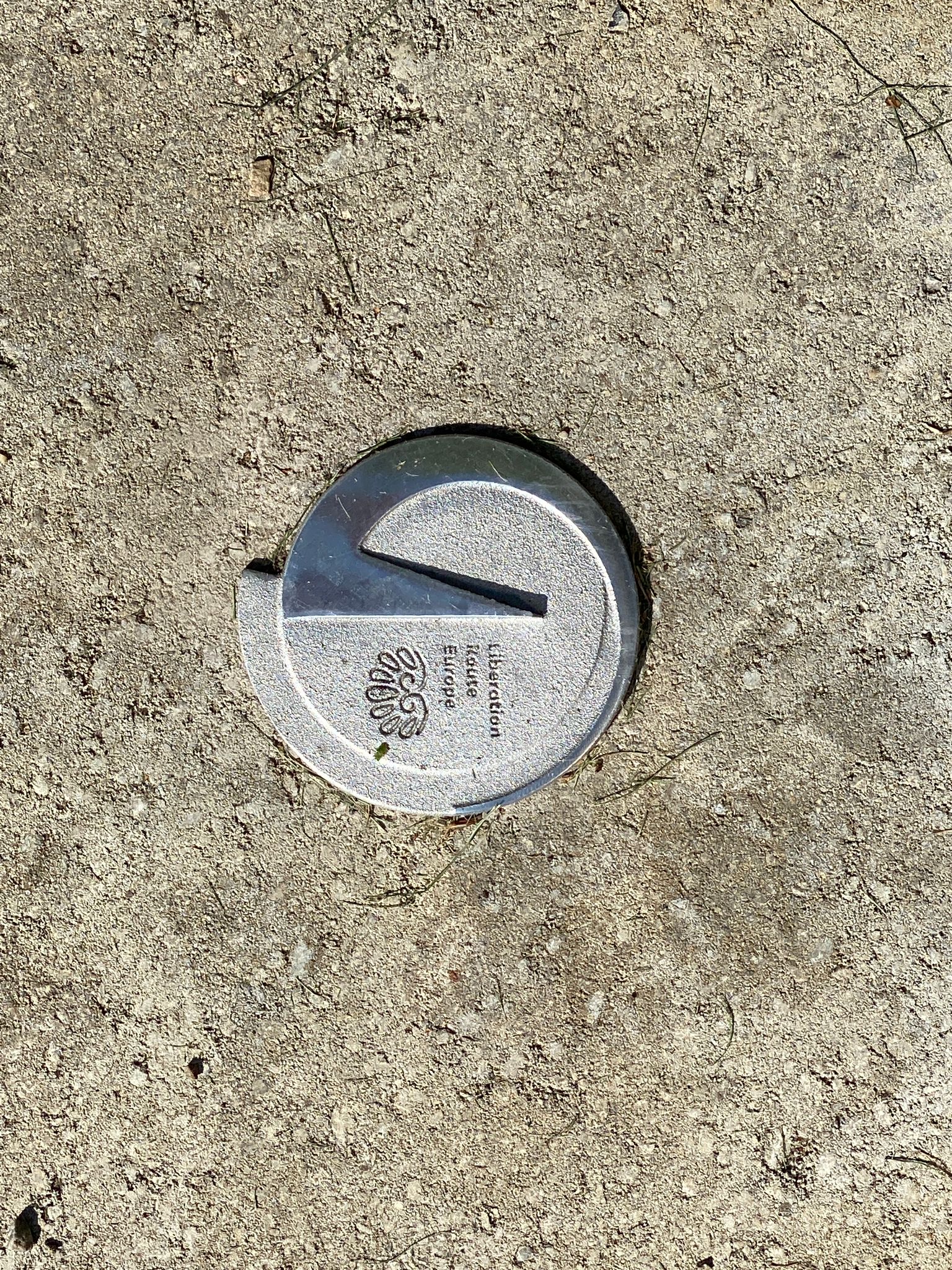
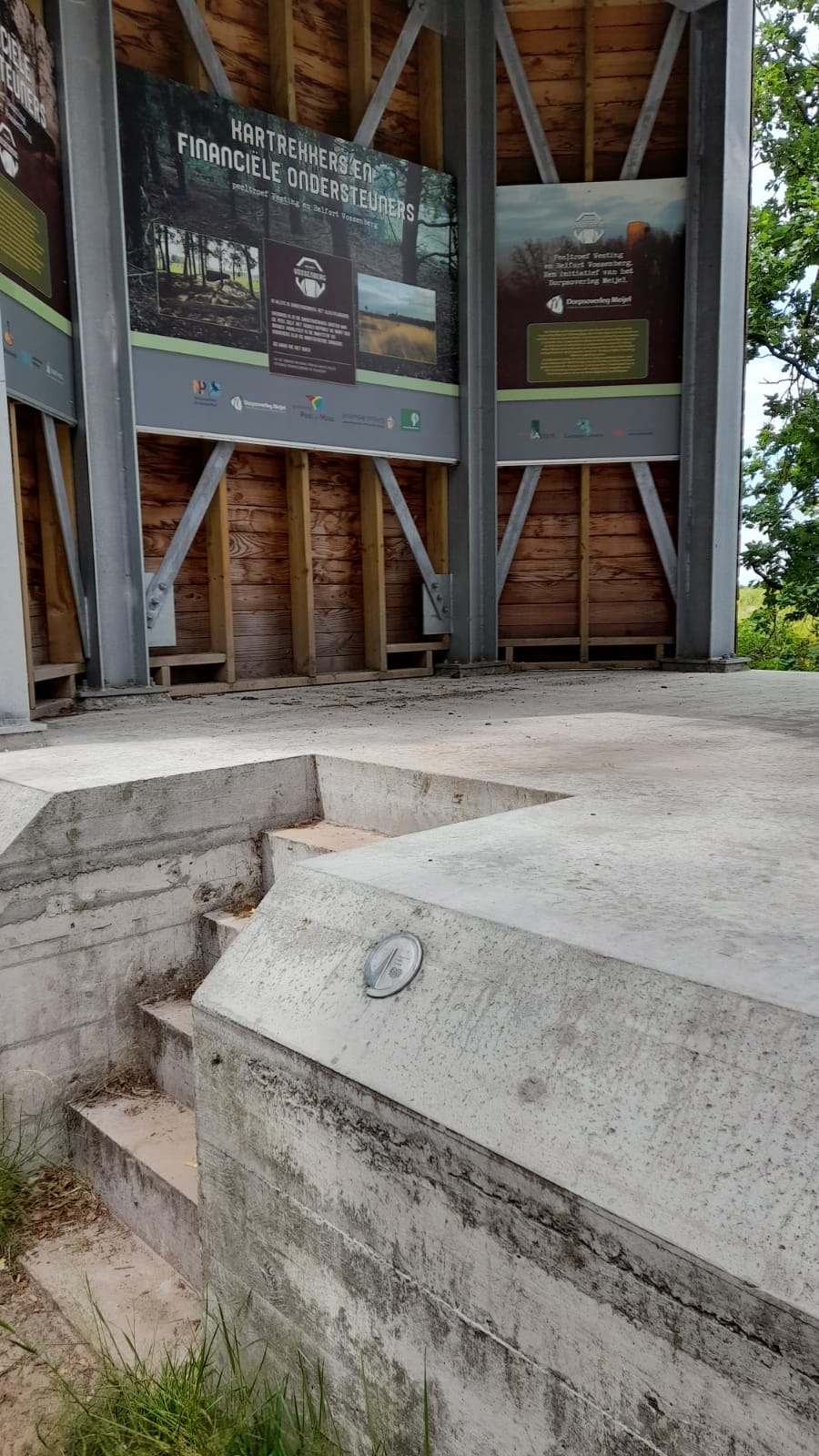
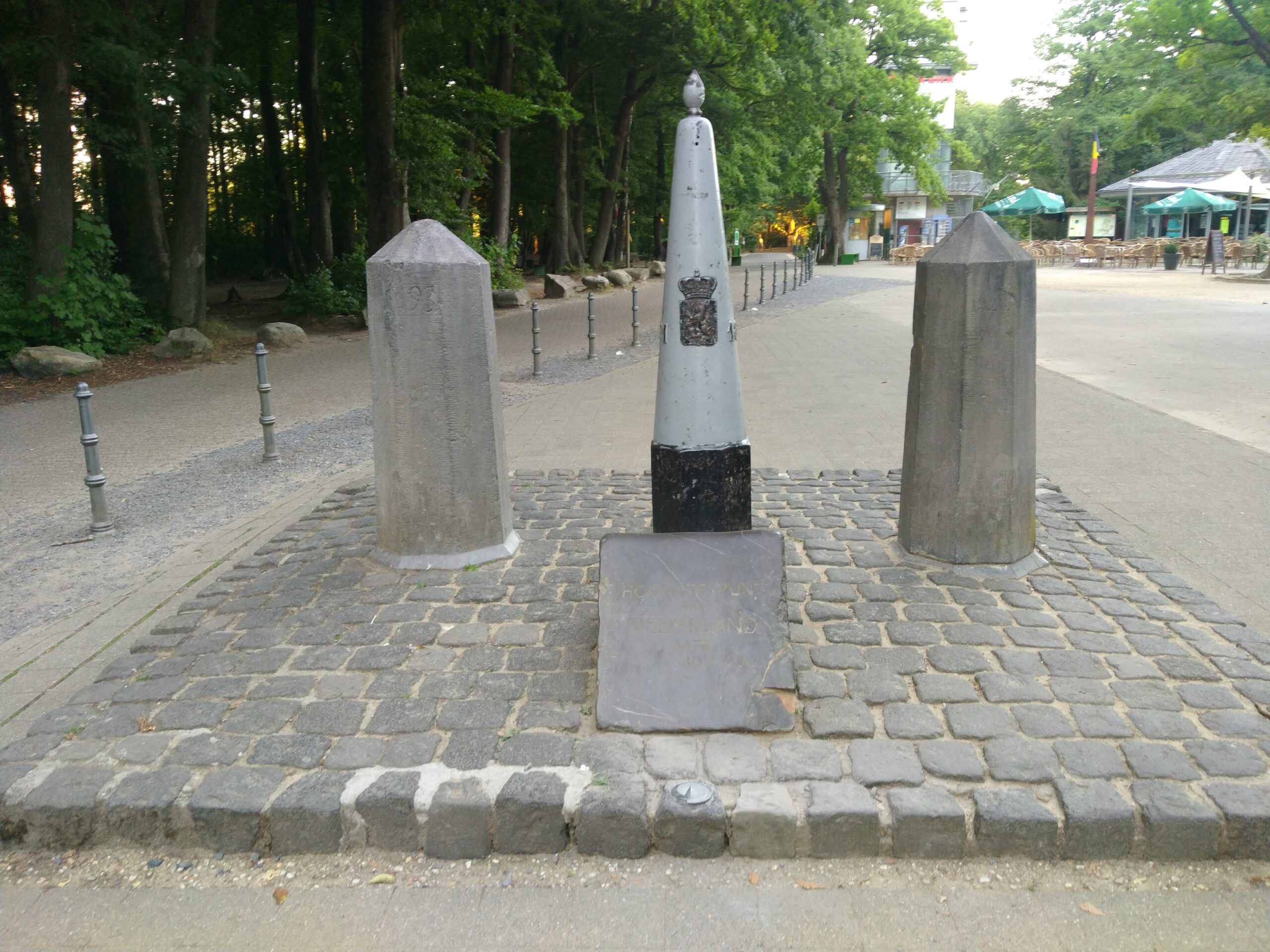
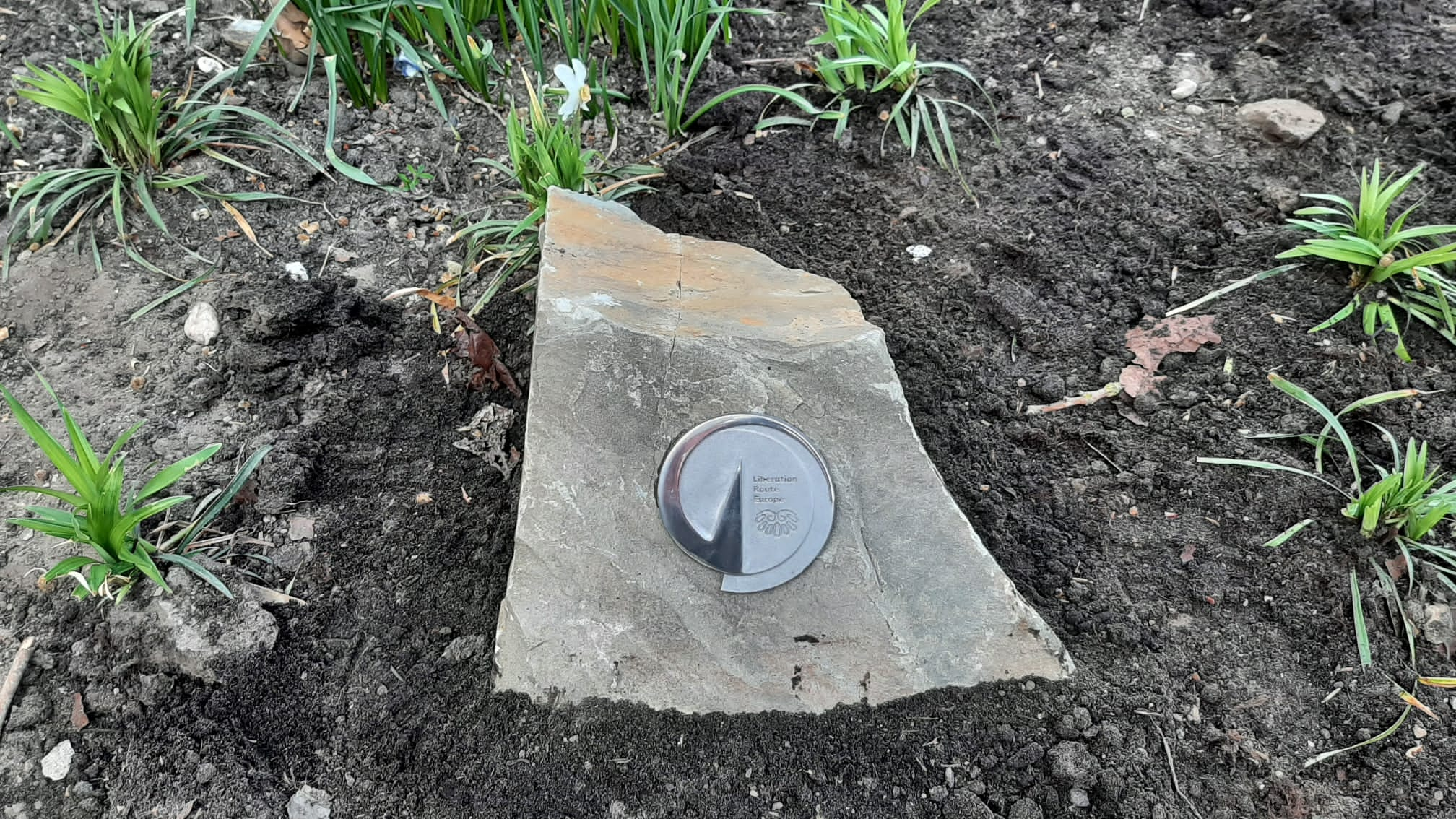
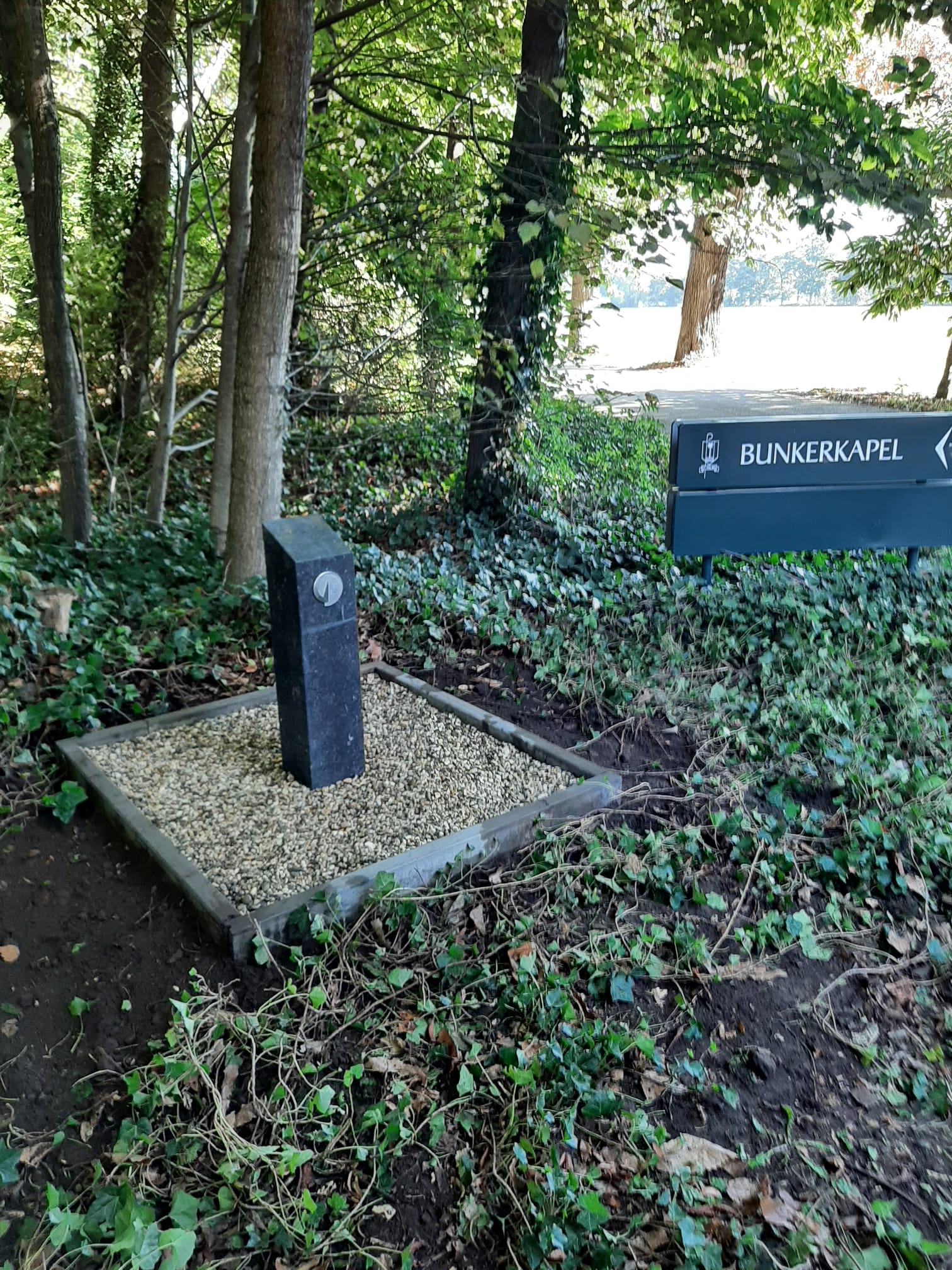
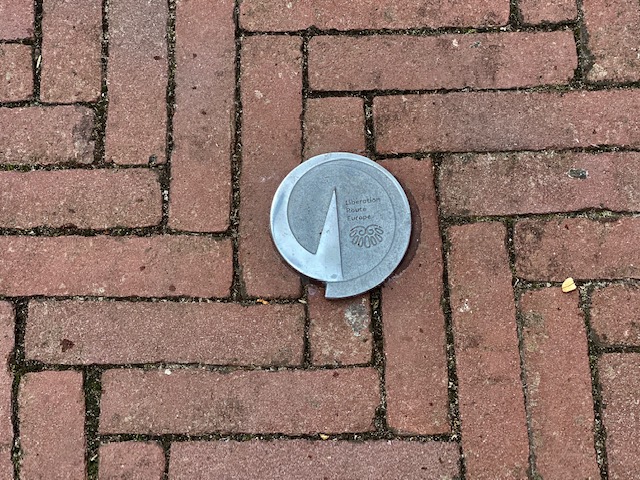
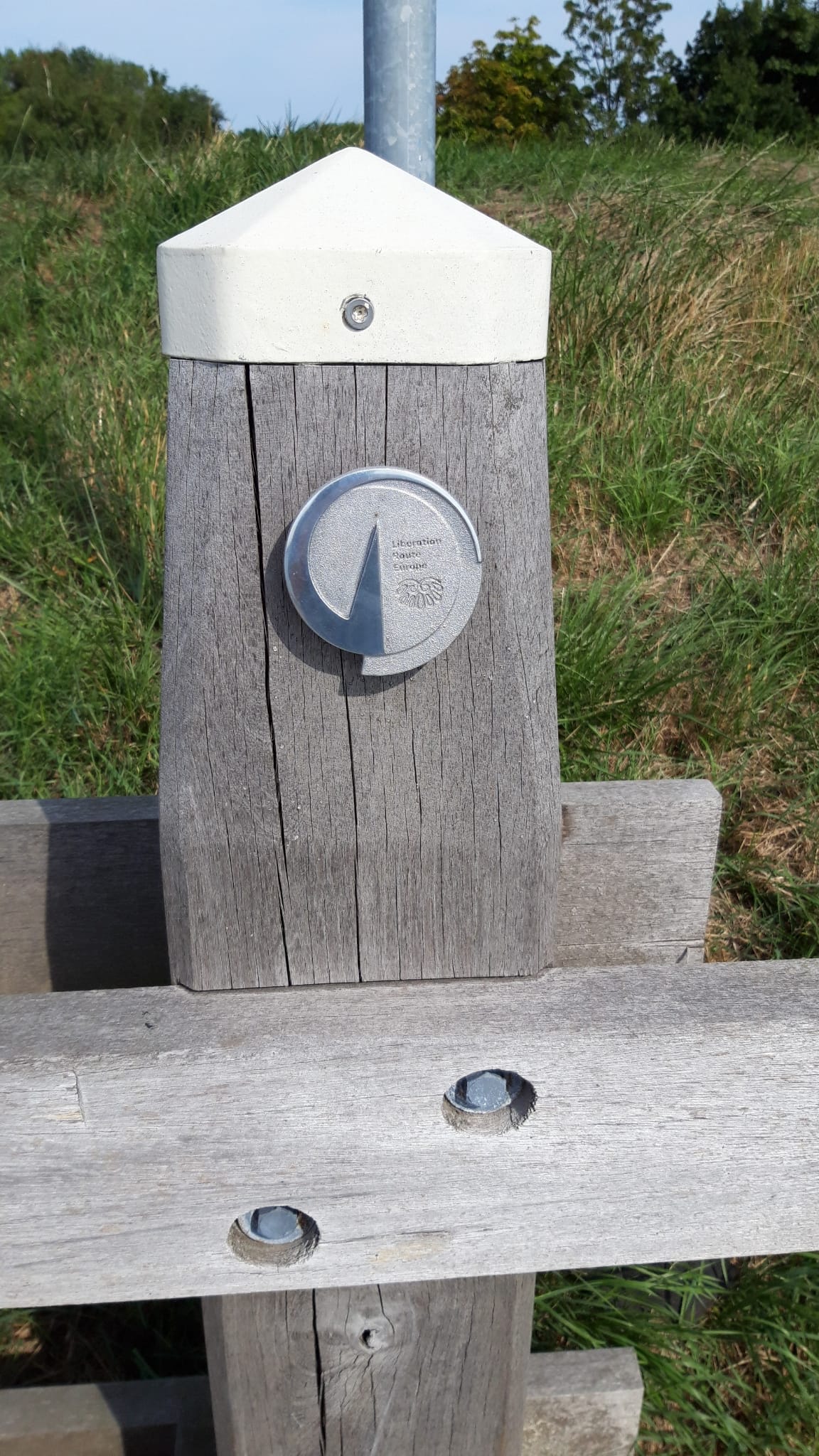
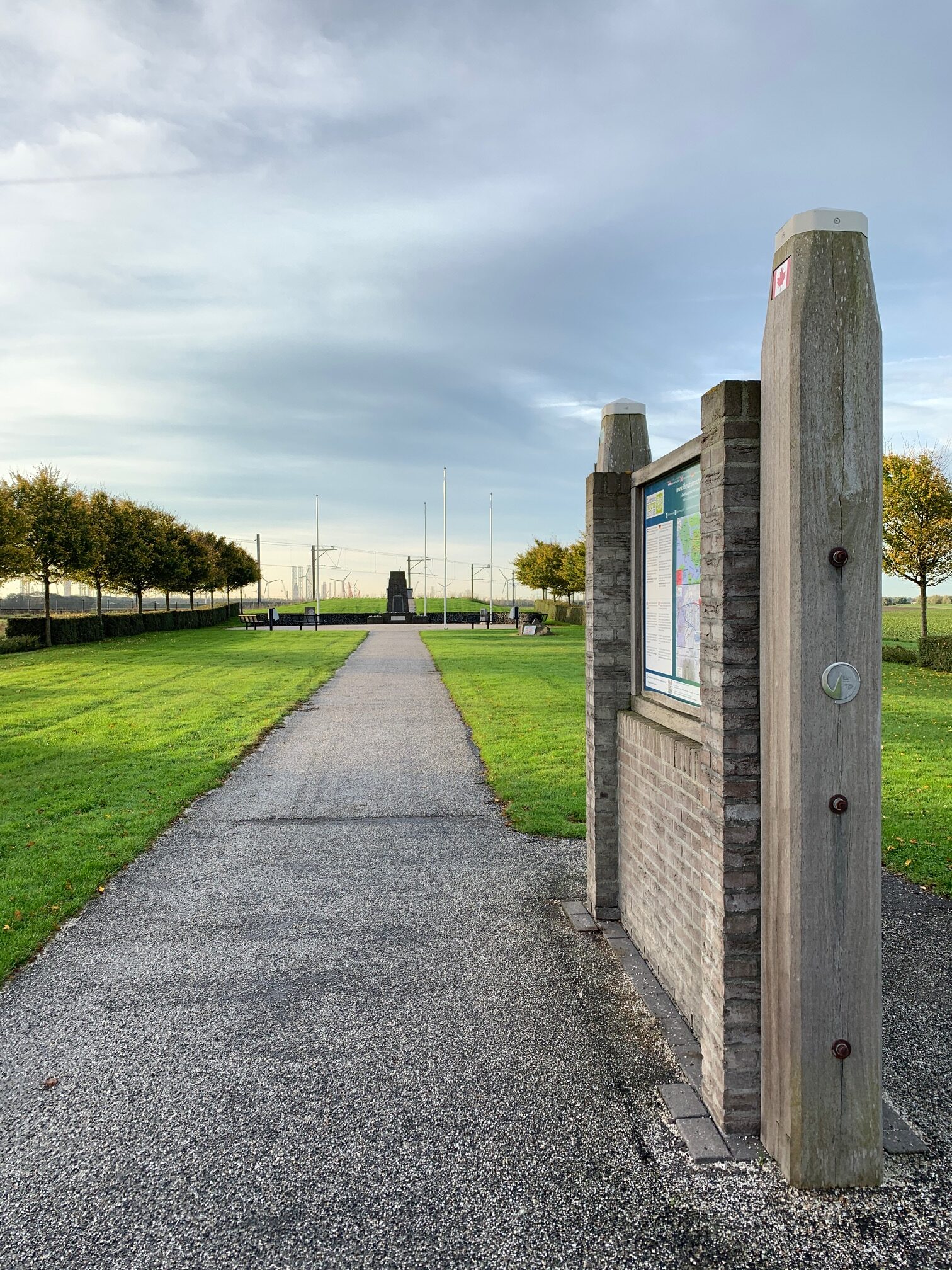
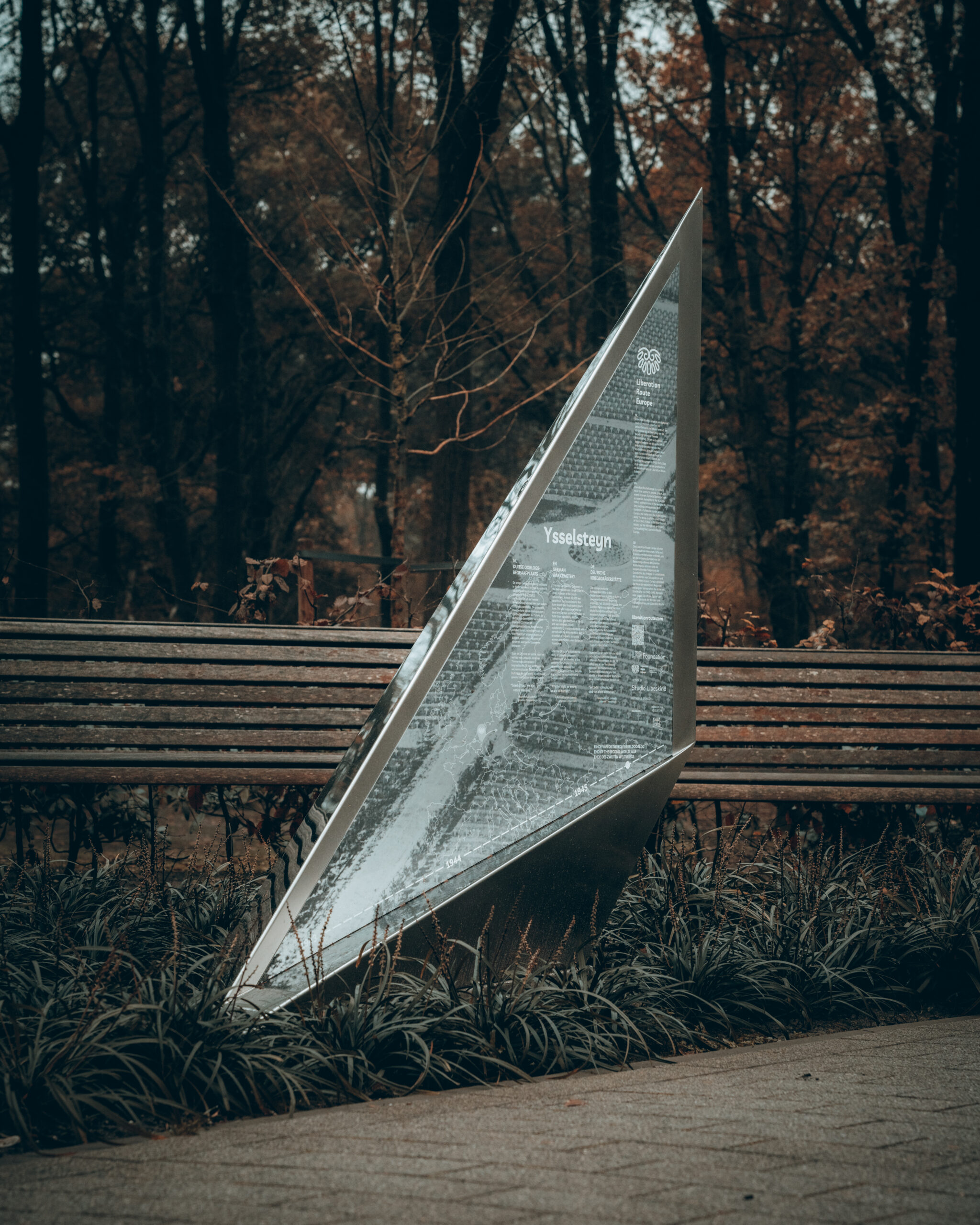
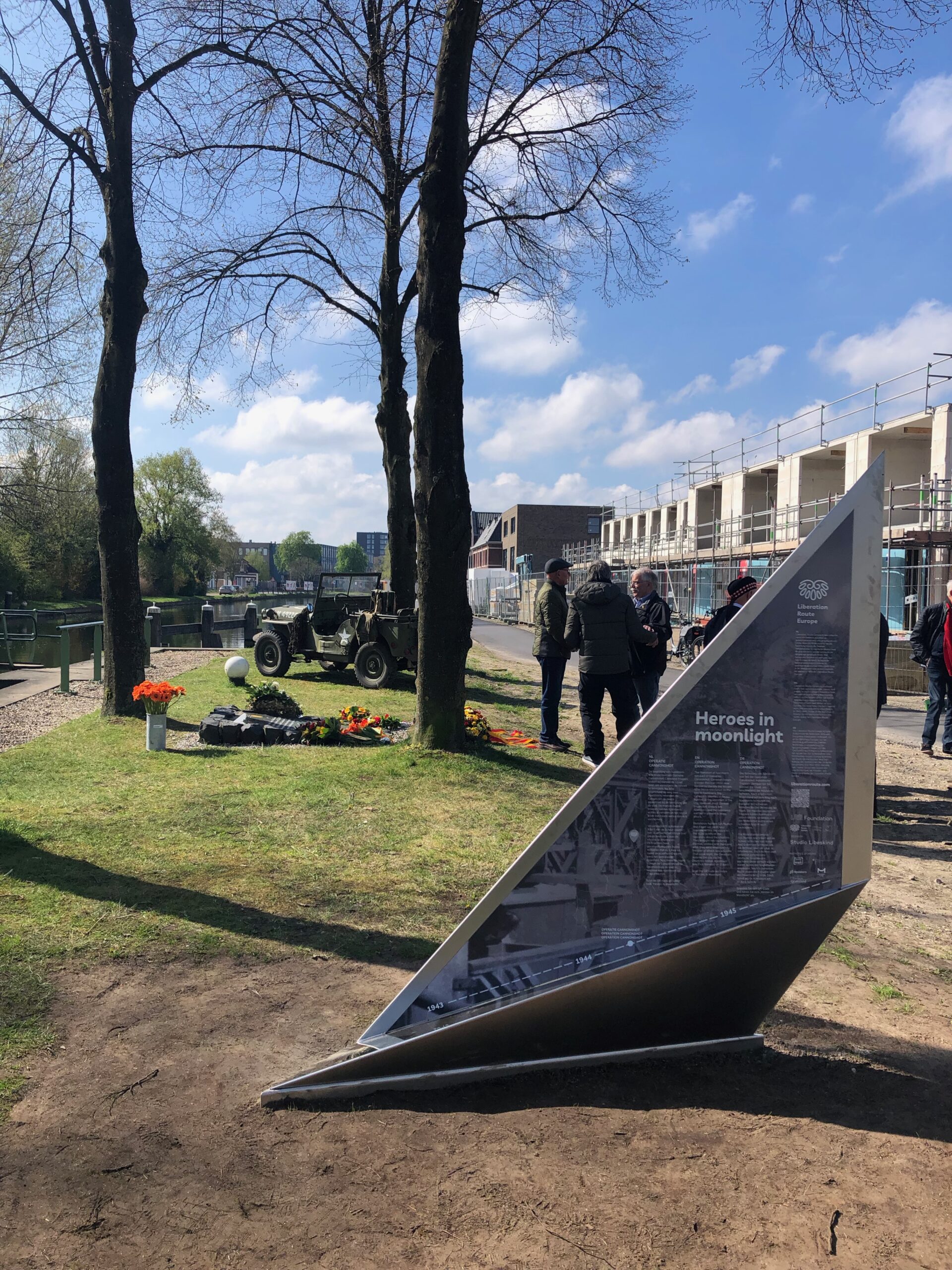
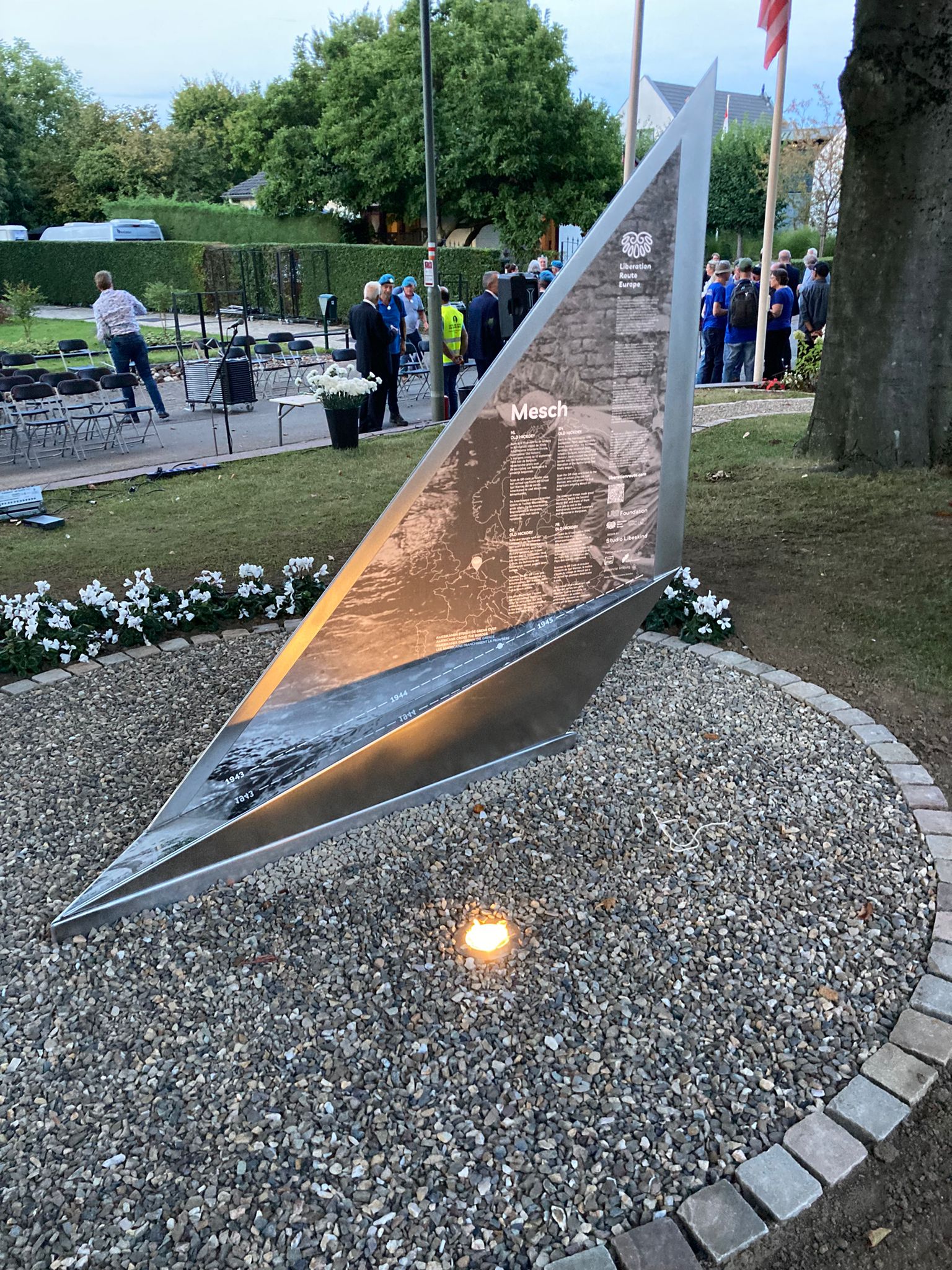
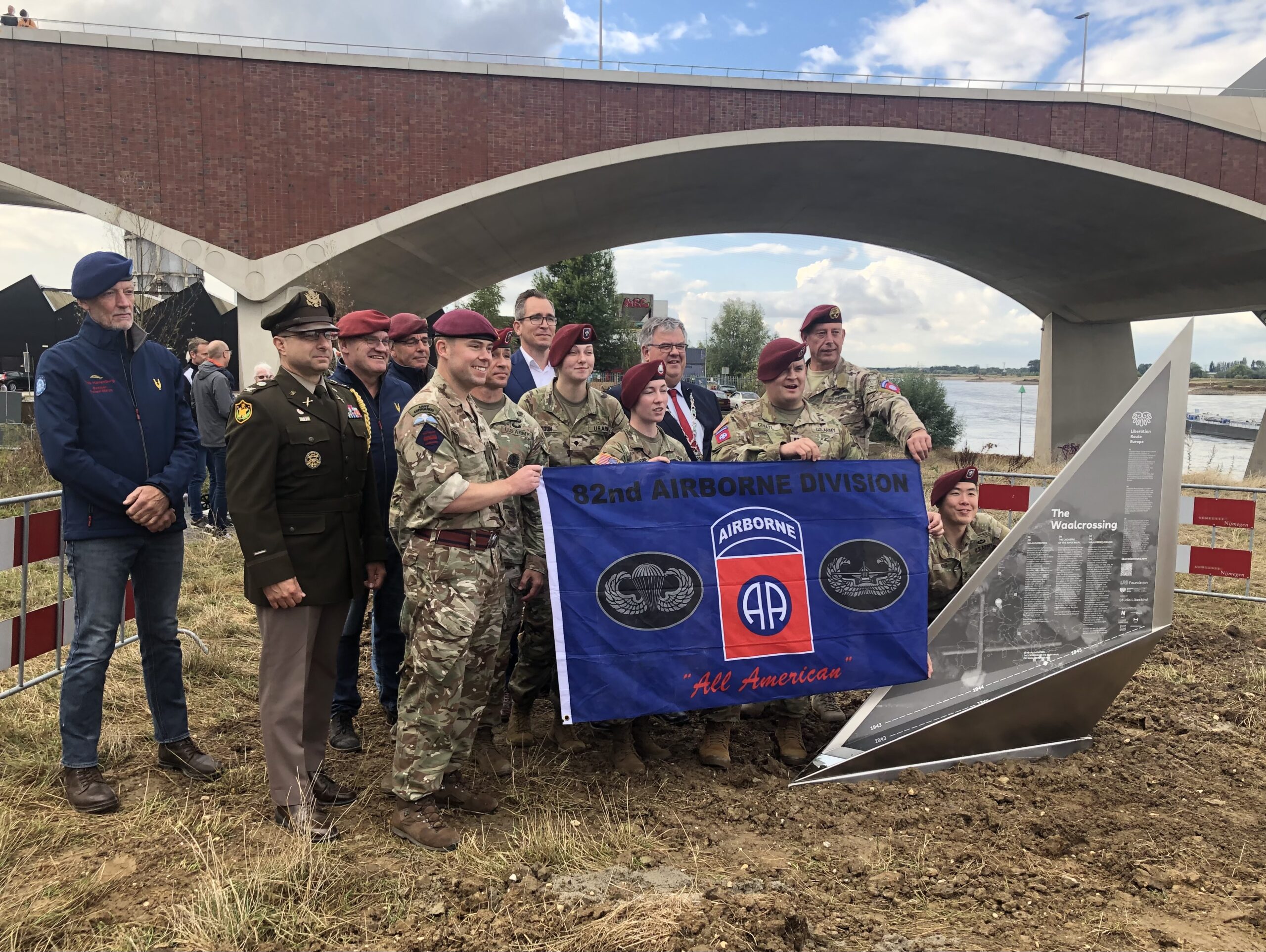
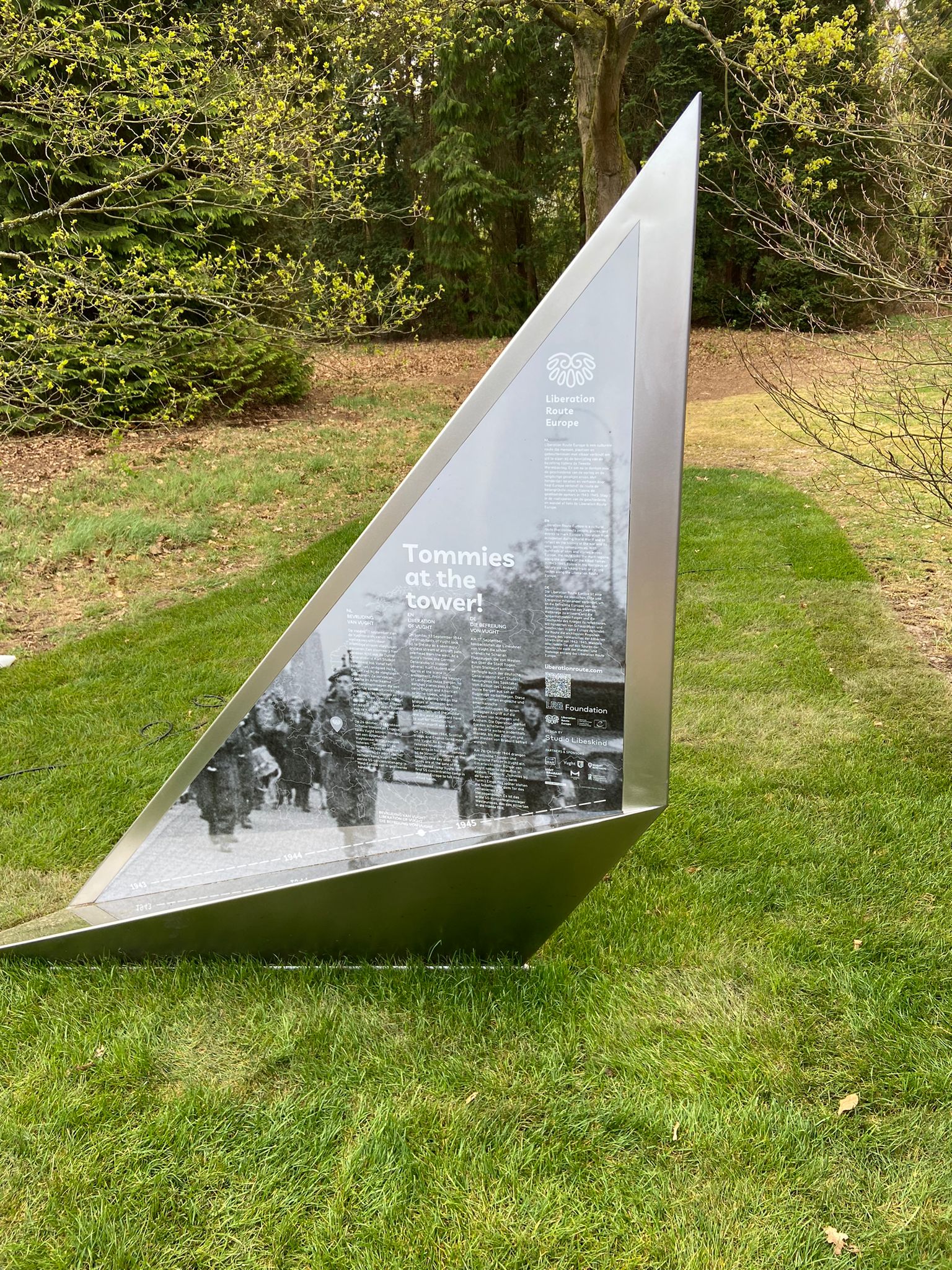
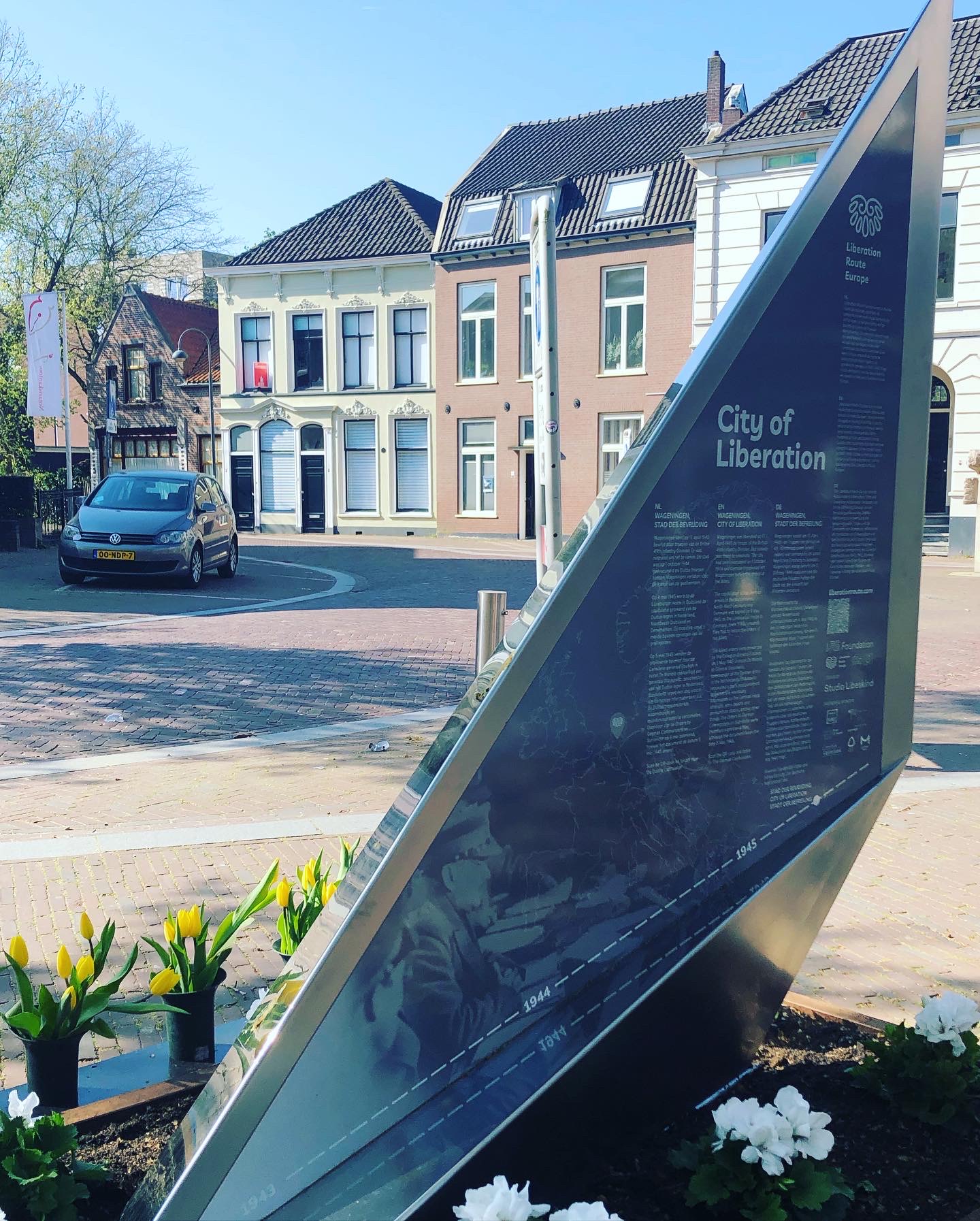
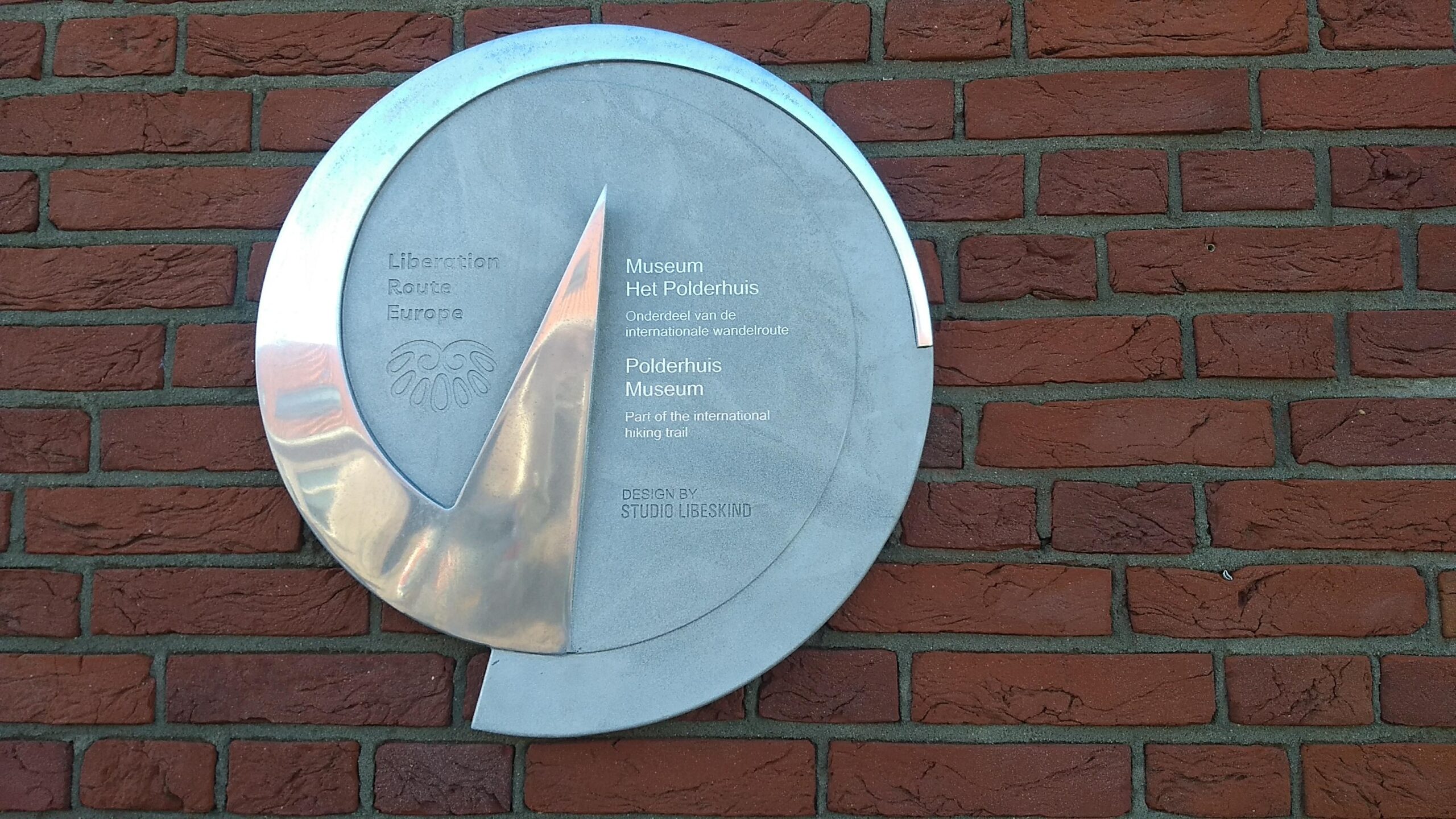
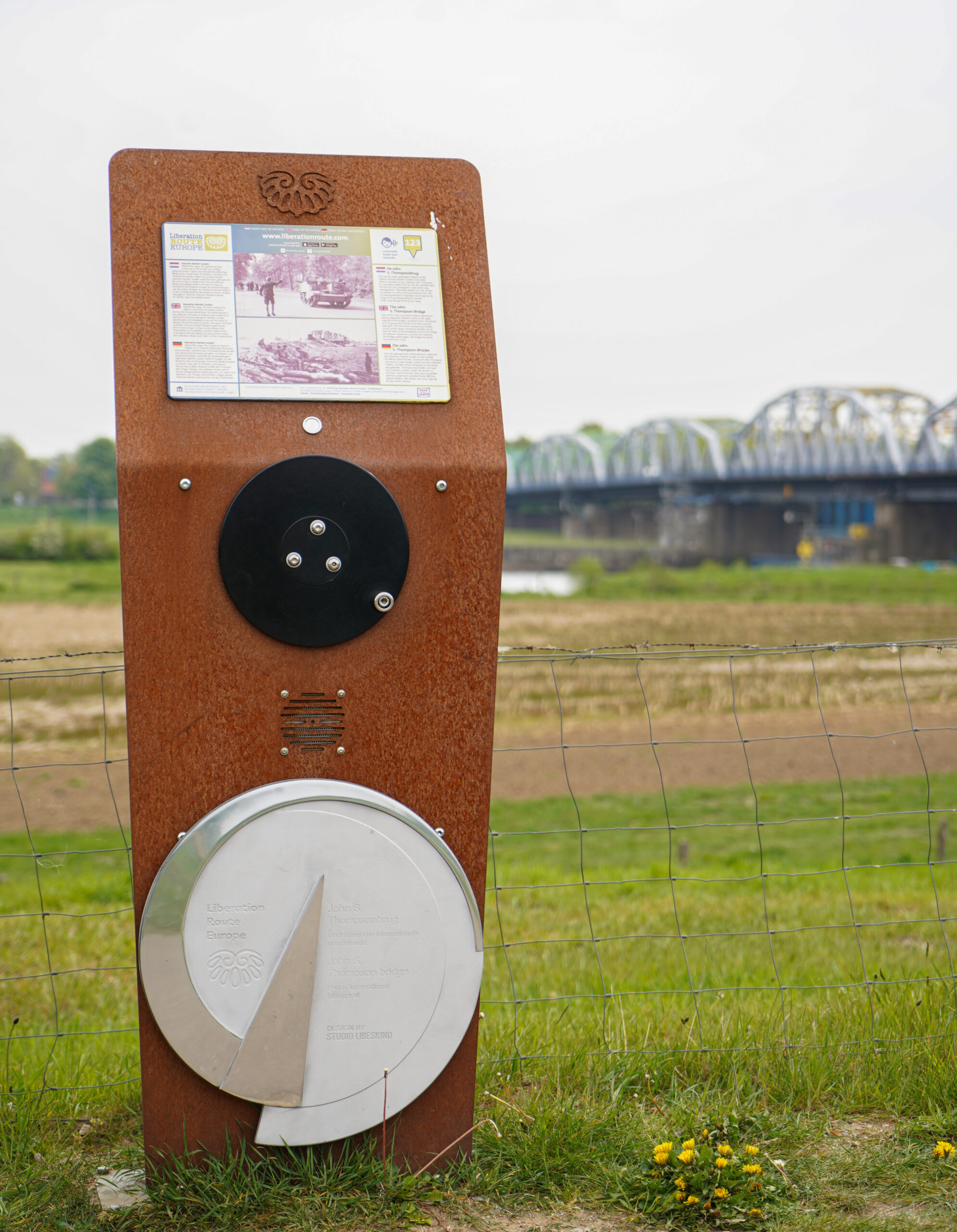
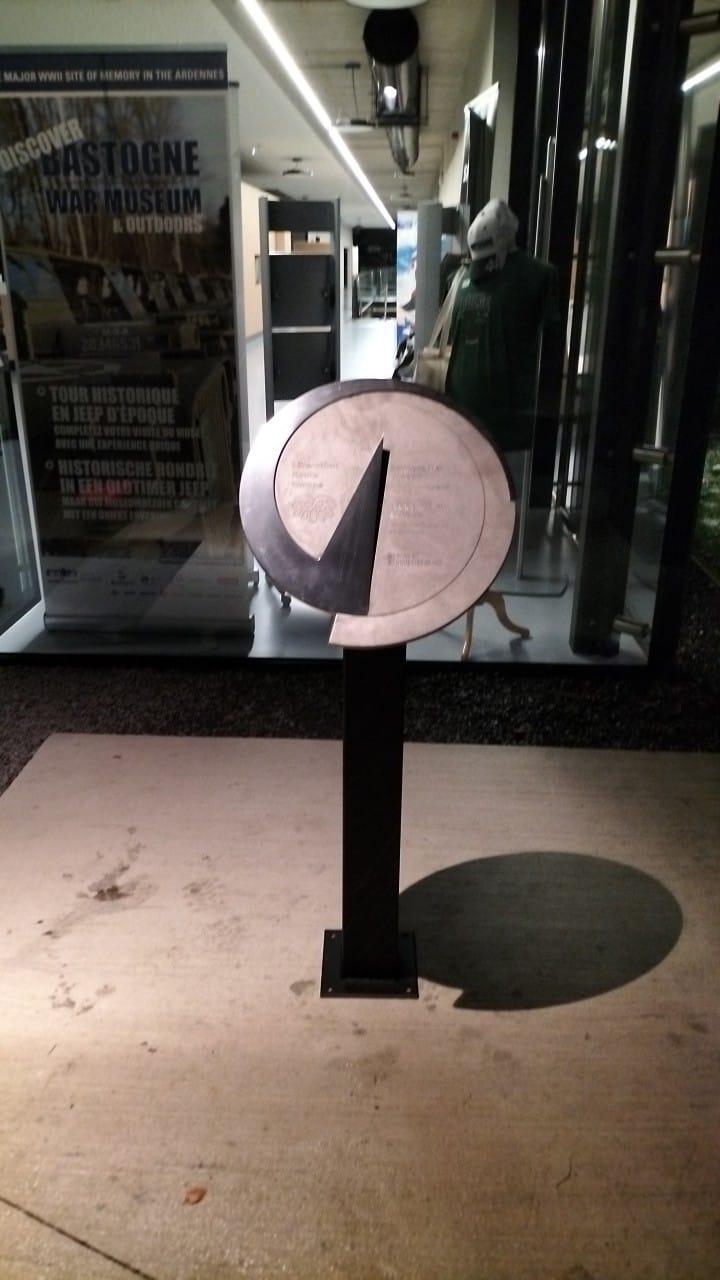
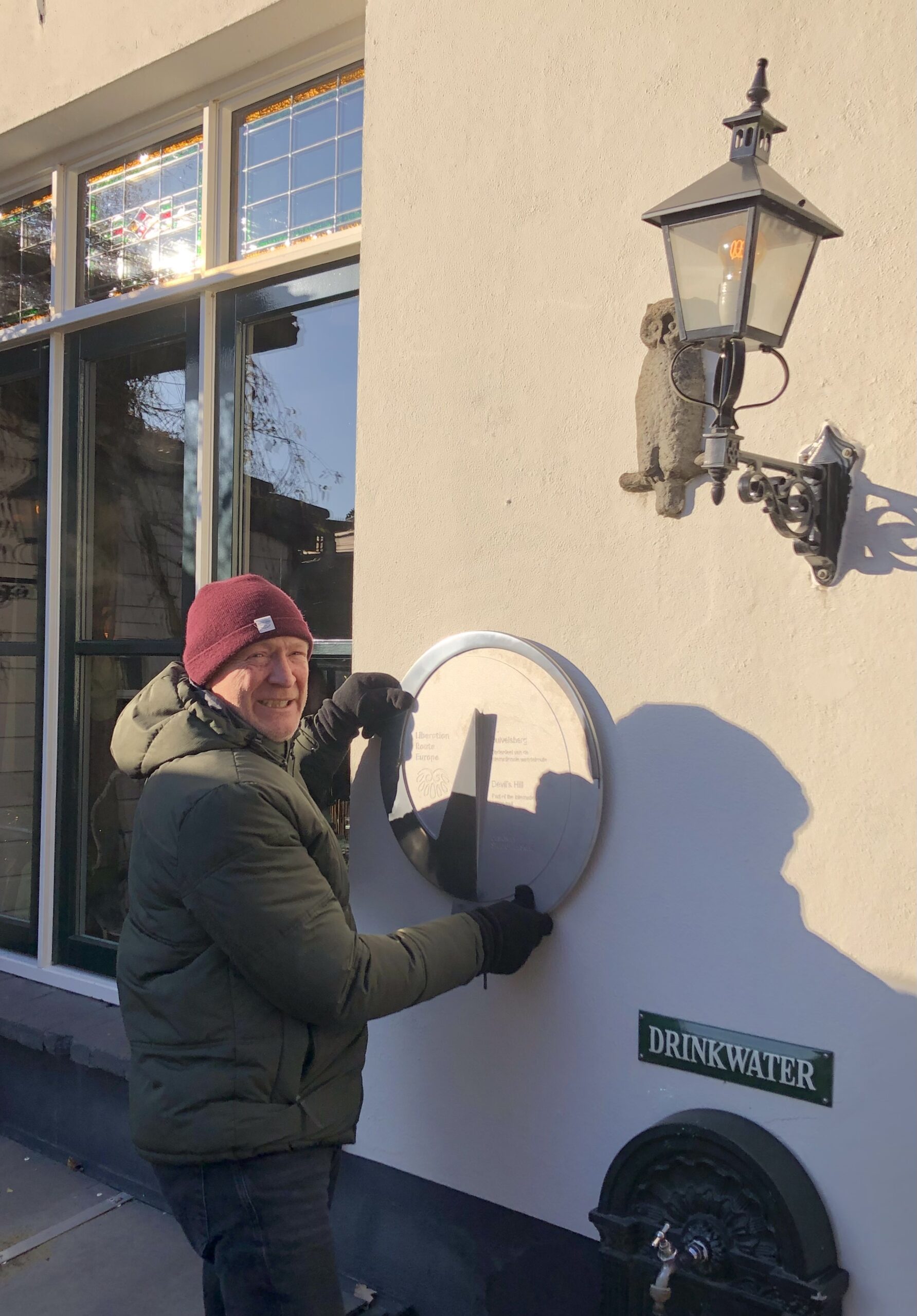
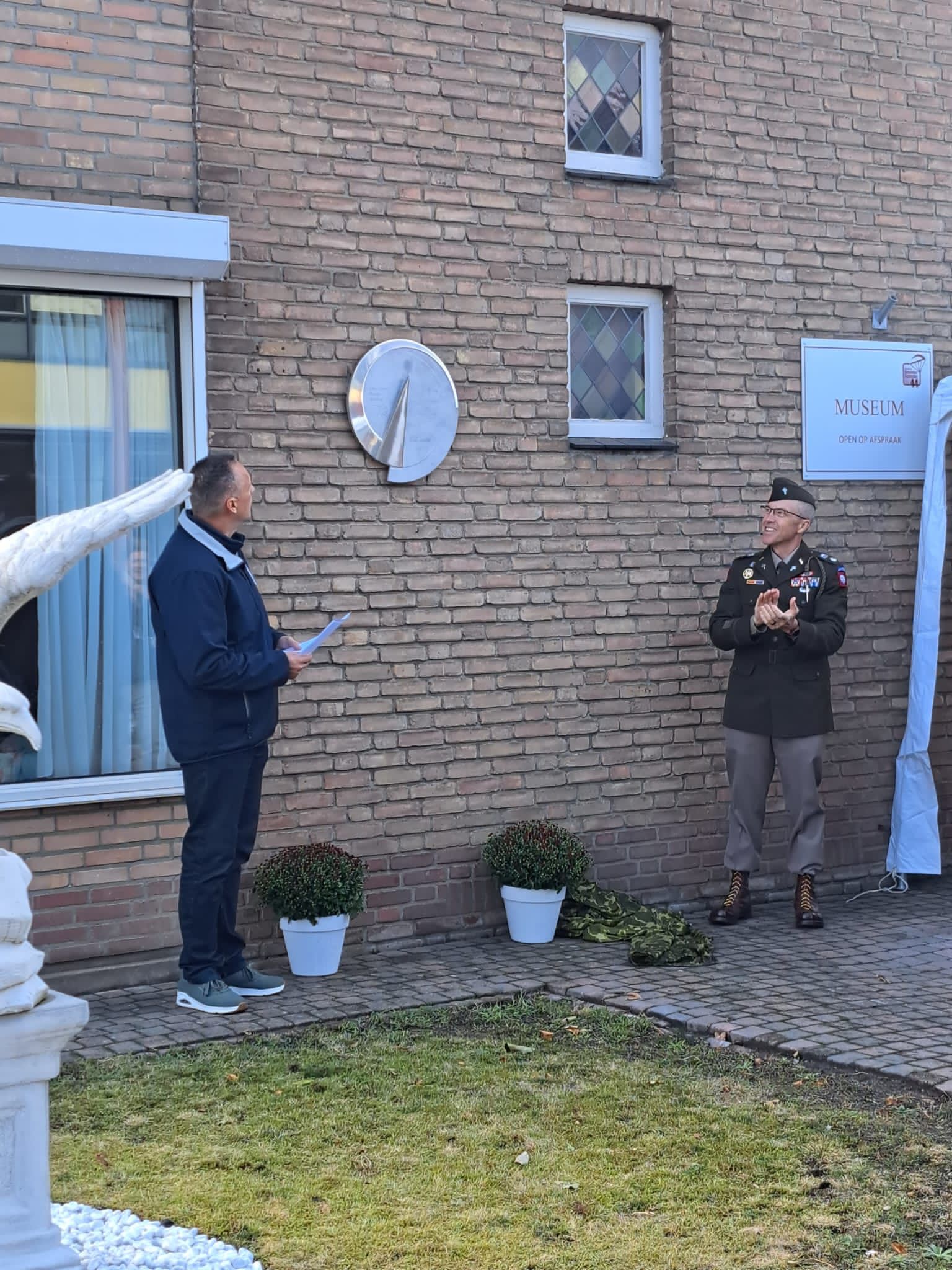
About Daniel Libeskind
An internationally acclaimed architect and urban designer, Daniel Libeskind is renowned for his ability to evoke cultural memory in his designs, and is one of the most celebrated architects of the 21st century.
Born in Łódź, Poland, in 1946, Libeskind immigrated to the United States as a teenager. He completed an architecture degree at the Cooper Union for the Advancement of Science and Art in 1970, followed by a postgraduate degree in the History and Theory of Architecture from the School of Comparative Studies at Essex University in England in 1972.
In 1989 Libeskind won a competition to design the renowned Jewish Museum in Berlin, which opened in 2001.
In the years following Libeskind was commissioned to design other significant museums and cultural centres including the Felix Nussbaum Haus in Osnabrück; the Imperial War Museum North in Manchester; the Denver Art Museum; the Royal Ontario Museum in Toronto; the Bord Gáis Energy Theatre in Dublin; and the Military History Museum in Dresden.
In 2003 he won yet another historic competition to create a master plan for the redevelopment of the World Trade Centre in New York City. Construction of the complex is currently underway. In the last fifteen years Libeskind has also designed prominent commercial centres such as Crystals at City-Center in Las Vegas, Westside in Bern, and KoBogen in Düsseldorf; as well as iconic residential towers in Busan, Singapore, Warsaw, Toronto, Manila and Sao Paulo.
Manufacturing partner AIP
To manufacture the ‘Vectors’, LREF and Studio Libeskind has partnered with AIP Partners in Enschede (NL). Since 1994, AIP has worked in the architecture, engineering and construction industry with some of the world’s most respected designers on numerous projects. Using extensive multi-disciplinary experience and knowledge of 3D-geometric design and production techniques, AIP has produced innovative solutions for every step of a project from designing to engineering.
